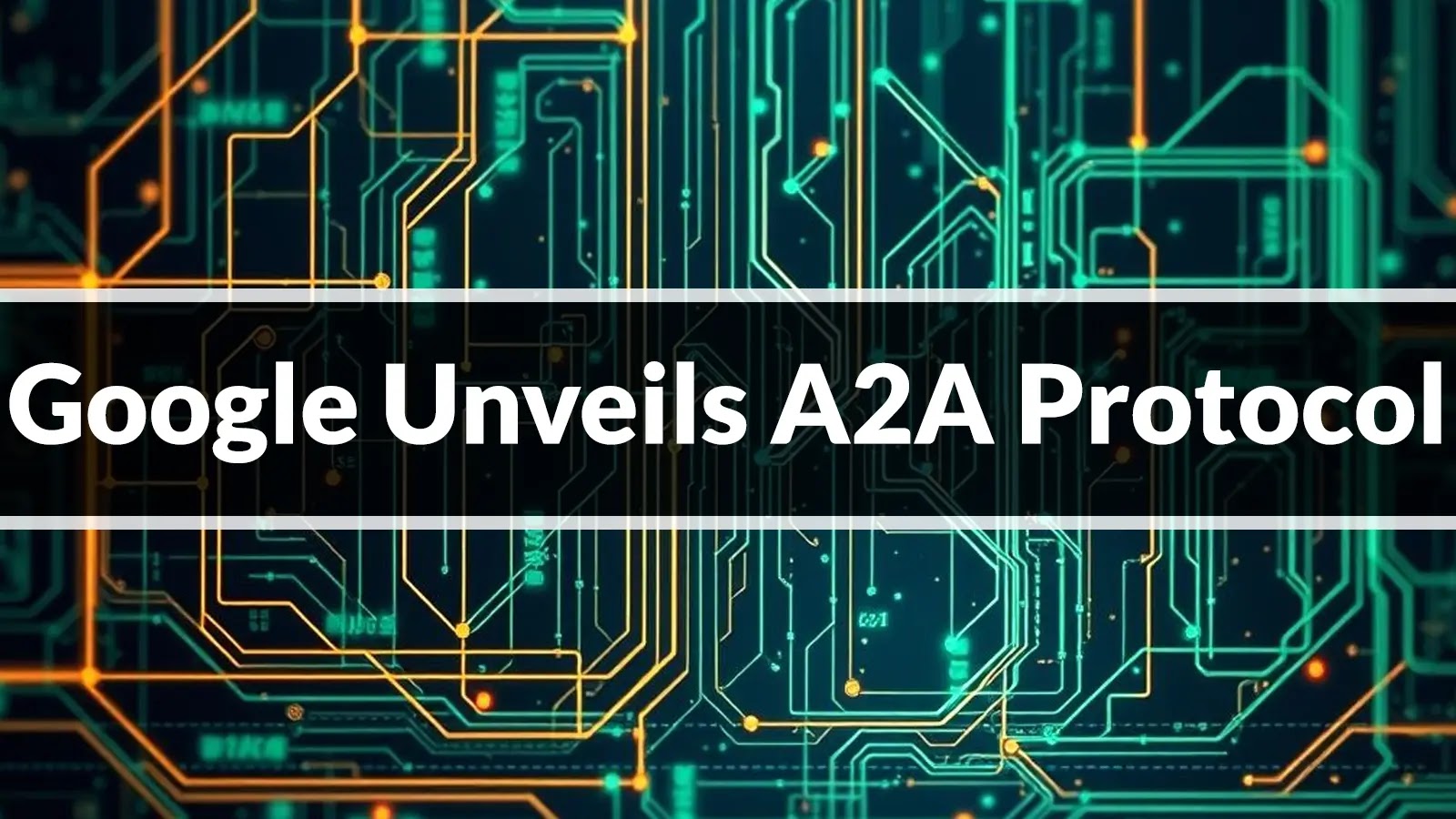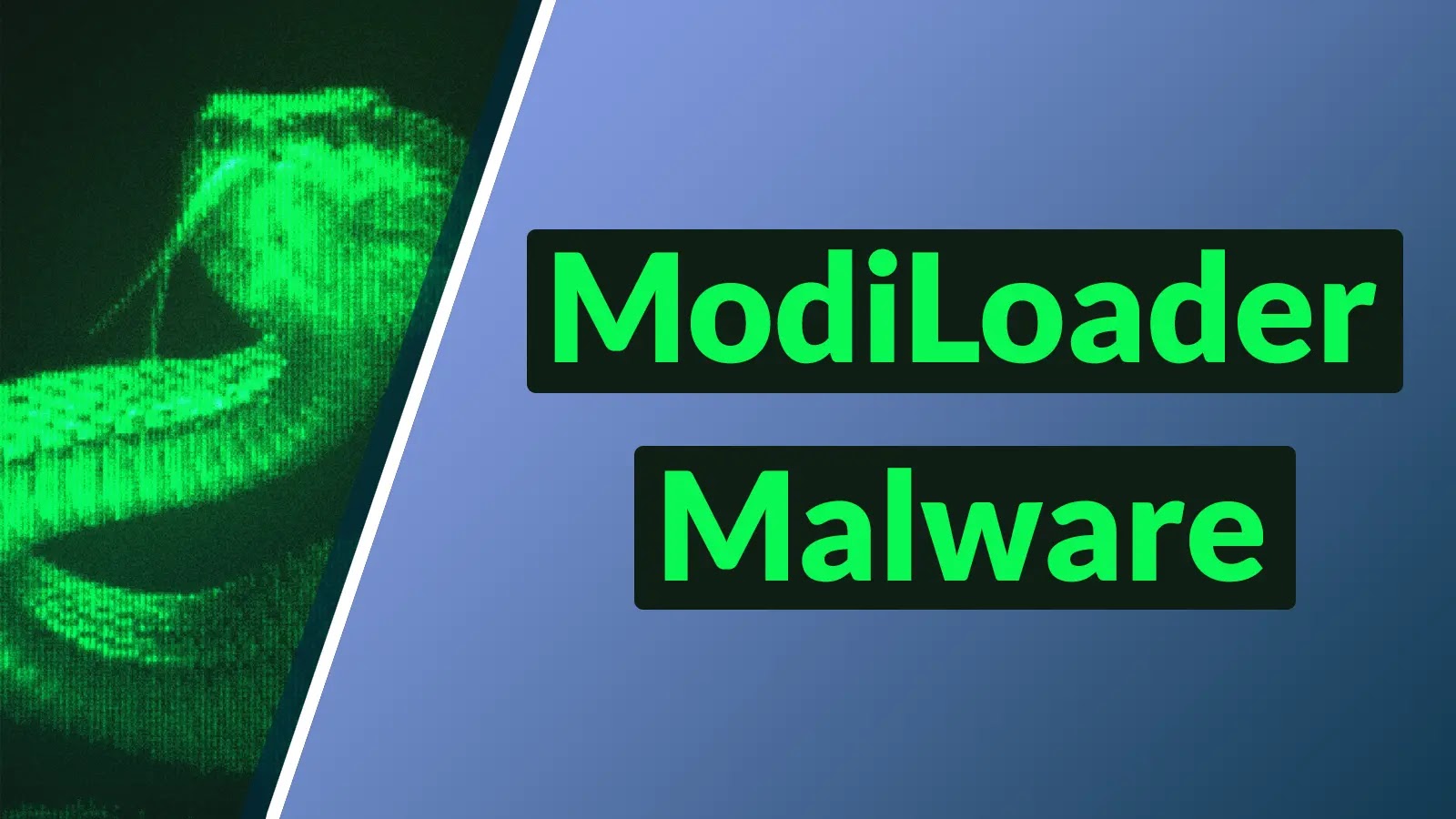On April 9, 2025, during the Google Cloud Next conference, Google unveiled the Agent2Agent (A2A) protocol, an open standard designed to facilitate seamless communication and collaboration among AI agents across diverse platforms and vendors. This initiative aims to address the challenges of interoperability in AI ecosystems, enabling agents to work together more effectively to automate complex workflows.
The Need for A2A Protocol
In the rapidly evolving landscape of artificial intelligence, organizations often deploy AI agents from various vendors, each built on different frameworks. This diversity can lead to communication barriers, hindering the potential for these agents to collaborate efficiently. The A2A protocol seeks to eliminate these obstacles by providing a universal language that allows AI agents to securely exchange information and coordinate actions, regardless of their origin.
By standardizing agent interactions, A2A enhances autonomy and productivity while reducing long-term operational costs. This protocol is particularly beneficial for enterprises aiming to integrate multiple AI systems into cohesive, automated workflows.
Key Features of the A2A Protocol
The A2A protocol is built upon several foundational principles to ensure its effectiveness and security:
1. Open Interoperability: A2A serves as a universal language for AI agents, enabling them to advertise capabilities, negotiate tasks, and exchange data securely across different platforms and vendors. ([mcp-ai.org](https://mcp-ai.org/a2a?utm_source=openai))
2. Enterprise-Grade Design: Built with security in mind, A2A includes authentication, authorization, and encryption aligned with OpenAPI standards, supporting workflows spanning hours or days with real-time updates. ([mcp-ai.org](https://mcp-ai.org/a2a?utm_source=openai))
3. Complementarity with MCP: While MCP standardizes how agents interact with tools and APIs, A2A focuses on agent-to-agent coordination, creating a comprehensive ecosystem for AI agent interactions. ([mcp-ai.org](https://mcp-ai.org/a2a?utm_source=openai))
4. Technical Components: A2A includes Agent Cards (JSON metadata files), task management with defined states, and streaming & notifications using HTTP, JSON-RPC, and SSE for real-time updates. ([mcp-ai.org](https://mcp-ai.org/a2a?utm_source=openai))
5. Ecosystem & Partnerships: Backed by 50+ major partners including Salesforce, SAP, Atlassian, LangChain, and Deloitte, A2A signifies broad industry adoption for standardized agent management. ([mcp-ai.org](https://mcp-ai.org/a2a?utm_source=openai))
6. Future Roadmap: Google plans a production-ready version by late 2025, aiming to establish A2A as the HTTP for agentic AI—a foundational layer for the agent web. ([mcp-ai.org](https://mcp-ai.org/a2a?utm_source=openai))
Technical Implementation
The A2A protocol’s architecture facilitates interaction between client and remote agents through several core mechanisms:
– Agent Identification: AI agents authenticate themselves via digital signatures. ([a2a.gg](https://a2a.gg/?utm_source=openai))
– Skill Query & Negotiation: AI agents request relevant capabilities. ([a2a.gg](https://a2a.gg/?utm_source=openai))
– Task Execution: Agents collaborate in real time, exchanging data securely. ([a2a.gg](https://a2a.gg/?utm_source=openai))
– Result Validation & Completion: Data is verified, ensuring accuracy and compliance. ([a2a.gg](https://a2a.gg/?utm_source=openai))
This structured approach ensures that AI agents can effectively collaborate, leading to more efficient and reliable automated workflows.
Industry Adoption and Future Prospects
The introduction of the A2A protocol has garnered support from over 50 technology partners, including industry leaders such as Salesforce, SAP, Atlassian, LangChain, and Deloitte. This widespread adoption underscores the protocol’s potential to become a standard in AI agent communication. ([mcp-ai.org](https://mcp-ai.org/a2a?utm_source=openai))
Looking ahead, Google plans to release a production-ready version of the A2A protocol by late 2025. The goal is to establish A2A as the foundational layer for the agent web, akin to how HTTP serves as the backbone of the World Wide Web. ([mcp-ai.org](https://mcp-ai.org/a2a?utm_source=openai))
Conclusion
Google’s unveiling of the A2A protocol represents a significant advancement in the field of artificial intelligence. By enabling seamless communication and collaboration among AI agents across different platforms and vendors, A2A addresses a critical need for interoperability in AI ecosystems. As the protocol gains traction and adoption, it is poised to transform how enterprises deploy and manage AI agents, leading to more efficient, autonomous, and cost-effective workflows.



